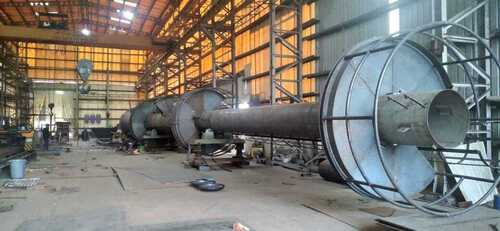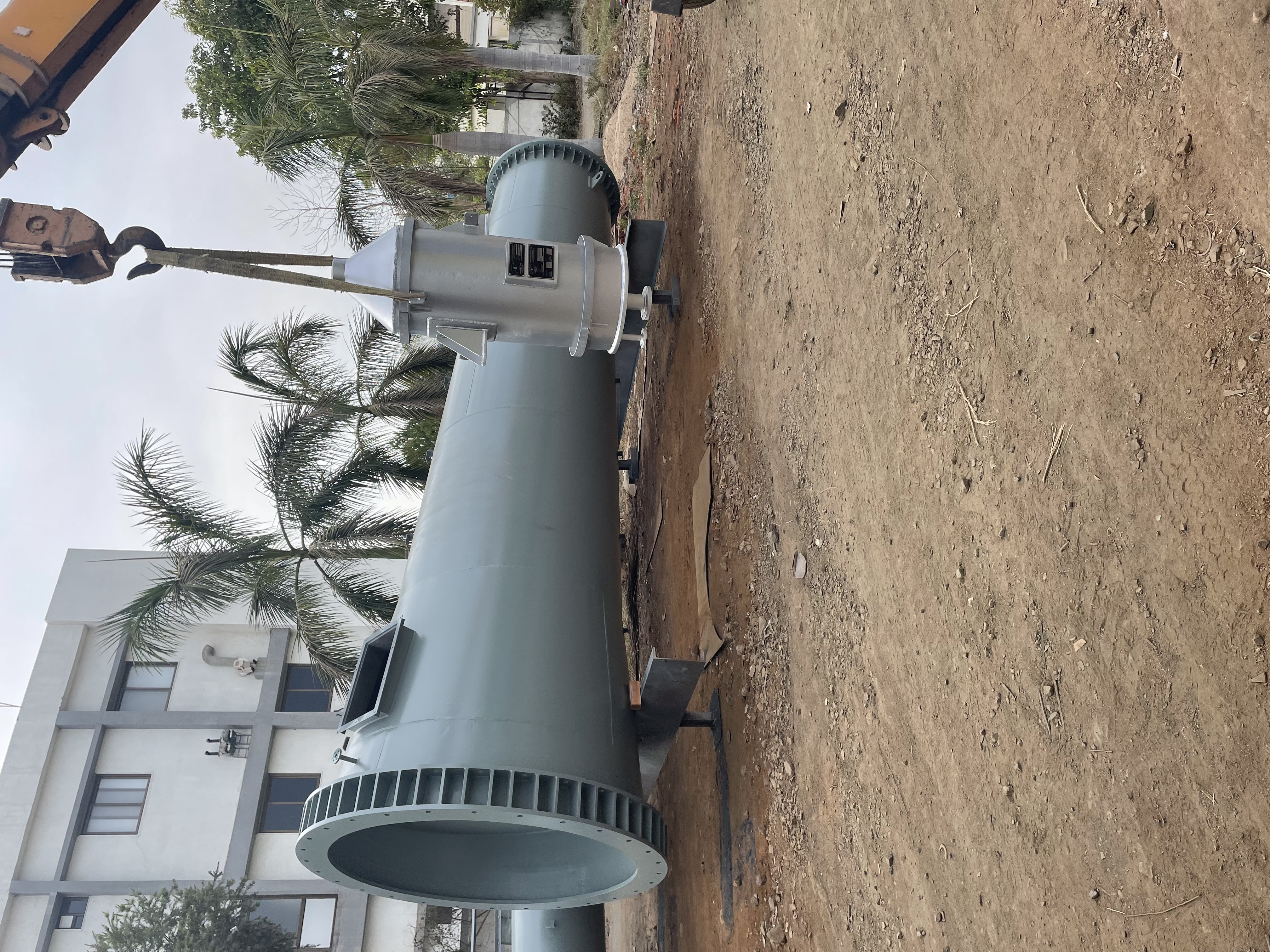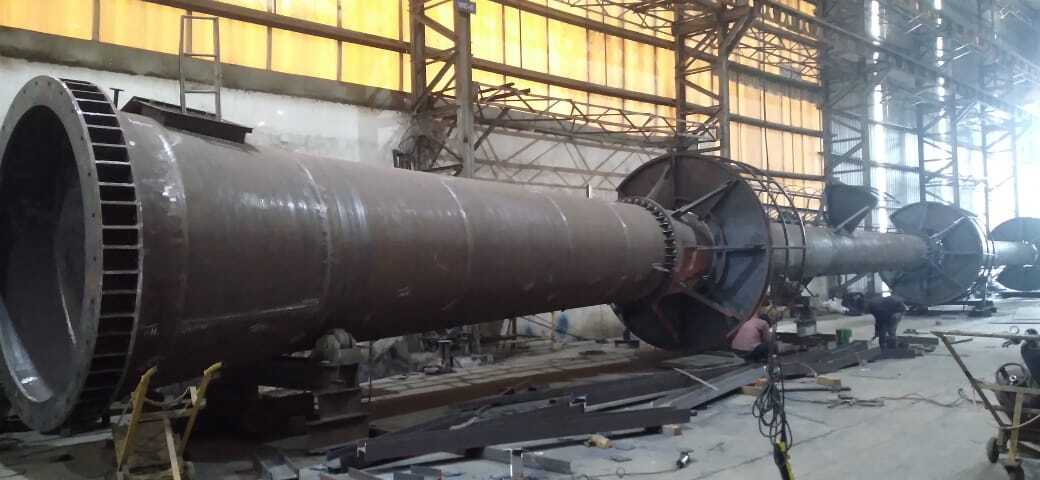About Industrial Stacker
An industrial stacker is a type of equipment used for lifting, stacking, and moving materials in warehouses, factories, and distribution centers. They are crucial for optimizing space and improving efficiency in material handling operations. Here™s an overview of industrial stackers, including their types, features, and applications:
Types of Industrial Stackers
-
Manual Stackers:
- Hand-Powered: Operated manually by pumping a handle to lift the load.
- Types: Includes models like pallet stackers and fork stackers.
- Capacity: Generally suitable for lighter loads and smaller warehouses.
-
Electric Stackers:
- Battery-Powered: Use electric motors to lift and move loads, reducing manual effort.
- Types:
- Walk-Behind Stackers: Operator walks behind the stacker while controlling it.
- Ride-On Stackers: Operator rides on the stacker, which can be more efficient for larger warehouses.
- Capacity: Can handle heavier loads and are more suitable for frequent use.
-
Reach Stackers:
- High Reach: Designed to lift loads to greater heights than standard stackers.
- Applications: Often used in high-bay warehouses and for retrieving goods from tall racks.
-
Counterbalance Stackers:
- Balancing Design: Equipped with a counterweight to balance the load, allowing for greater maneuverability.
- Features: Ideal for working in tight spaces and handling various load sizes.
-
Straddle Stackers:
- Straddle Legs: The stacker™s legs straddle the load, allowing it to lift pallets from underneath or the sides.
- Applications: Useful for handling pallets and other items with varying widths.
Key Features
-
Lift Mechanism:
- Hydraulic Lift: Common in manual stackers, where hydraulic pumps raise and lower the forks.
- Electric Lift: In electric stackers, an electric motor powers the lift mechanism.
-
Forks:
- Adjustable Forks: Some stackers have adjustable forks to accommodate different pallet sizes.
- Fixed Forks: Standard in many stackers, suitable for handling standard-sized pallets.
-
Controls:
- Manual Controls: For manual stackers, includes levers or pumps for lifting and lowering.
- Electric Controls: For electric stackers, features include joysticks or buttons for precise control of lifting and movement.
-
Maneuverability:
- Steering: Includes features like steering wheels or levers for navigating tight spaces.
- Turning Radius: Compact models offer a small turning radius for confined areas.
-
Safety Features:
- Stability Controls: Ensures the stacker remains stable while lifting and moving loads.
- Brakes: Include manual or automatic braking systems for safe stopping.
- Safety Guards: Protect operators from moving parts and falling loads.
Applications
- Warehousing: For stacking and retrieving pallets and products in storage areas.
- Manufacturing: Moving materials between production areas and storage.
- Distribution Centers: Handling goods in shipping and receiving operations.
- Retail: Restocking shelves and organizing inventory in retail environments.
Design Considerations
- Capacity: Choose a stacker with the appropriate load capacity for your needs.
- Lift Height: Ensure the stacker can reach the necessary heights for your application.
- Workspace: Consider the size and layout of your workspace to select a stacker that fits.
- Durability: Select a stacker made from robust materials for durability in demanding environments.
Maintenance and Troubleshooting
- Regular Inspections: Check for wear and tear, fluid levels, and mechanical issues.
- Cleaning: Keep the stacker clean to ensure smooth operation and prevent malfunctions.
- Battery Maintenance: For electric stackers, regularly charge and maintain the battery.
- Component Checks: Inspect and replace worn parts like forks, wheels, and hydraulic systems as needed.
Common Challenges
- Capacity Limitations: Ensure the stacker™s capacity meets your needs to avoid overloading.
- Battery Life: For electric stackers, battery life can affect productivity if not properly maintained.
- Space Constraints: Maneuvering in tight spaces requires a stacker with a suitable turning radius and size.
Industrial stackers are versatile tools that can greatly improve efficiency in material handling operations. If you have specific requirements or need advice on selecting the right stacker for your application, feel free to ask!



